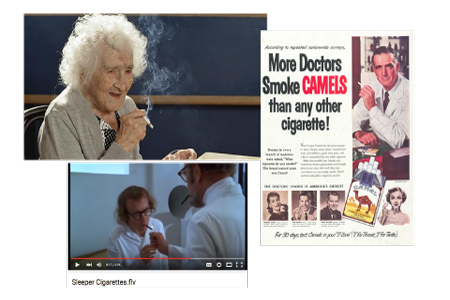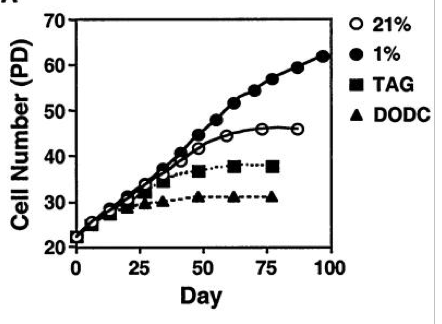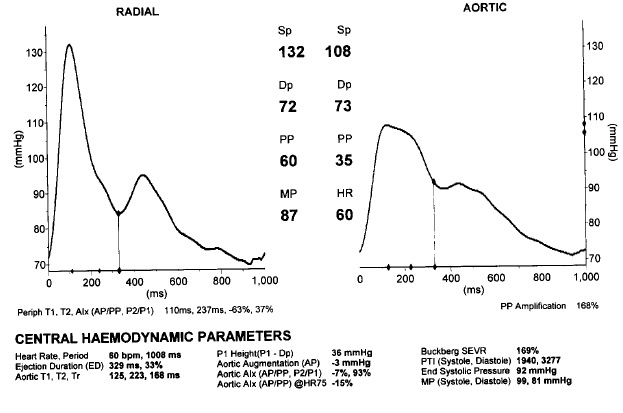No products in the cart.

smooth muscles were able to viably reproduce much better under hypoxic conditions but that this effect was abrogated proportionally to the level of telomerase inhibition
Reading Time: 3 minutes
Hypoxia grows your arteries via telomerase activation
In this study, they grew vascular smooth muscle in the presence of 1% oxygen, ambient oxygen of 21%, a mild telomerase inhibitor (TAG), and a stronger telomerase inhibitor (DODC), the results are that the smooth muscles were able to viably reproduce much better under hypoxic conditions but that this effect was abrogated proportionally to the level of telomerase inhibition.

(Minamoto et al. Hypoxia Extends the Life Span of Vascular Smooth Muscle Cells through Telomerase Activation. MolCellBiol. 21(10); 2001 May.)
 So could it be that what doesn’t kill you makes you stronger? I recall the best pulse wave test I ever did on a patient was on a man who swam in the ocean 365 days a year (with an average temperature in the 50s and 60s. To avoid hypothermia and power his muscles, he had “evolved” in a Lamarckian sense to possess a vascular system in which the arteries pumped the blood so efficiently that the heart was actually pumping against a vacuum rather than resistance (note his augmentation pressure measuring -3mmHg pressure in this pulse wave analysis.)
So could it be that what doesn’t kill you makes you stronger? I recall the best pulse wave test I ever did on a patient was on a man who swam in the ocean 365 days a year (with an average temperature in the 50s and 60s. To avoid hypothermia and power his muscles, he had “evolved” in a Lamarckian sense to possess a vascular system in which the arteries pumped the blood so efficiently that the heart was actually pumping against a vacuum rather than resistance (note his augmentation pressure measuring -3mmHg pressure in this pulse wave analysis.)
From the Minamino study, we find a mechanism for intermittent hypoxia growing arteries that could account for the salutary effects of highly aerobic and possibly hypothermic exercise such as ocean swimming. It was presumably the hypoxia, as such, that triggered a response requiring telomerase activation and allowing for increased proliferation of those smooth muscle cells.
Chronically, when tissue perfusion is inadequate due to obesity and poor arterial forward flow (from aging vessels with less efficient pumping and decreased elasticity), it makes sense that the arteries would try to become more muscular and further lead to a downward spiral of turbulent flow and hypertrophic tone. Yet this general adaptation to become stronger in response to generalized hypoxia is in perfect keeping with my epiphany that hypertension is not a disease but rather an adaptation as described in my video webinar:
P.S. 
Perhaps that scene from the movie, Sleeper, by Woody Allen, was prophetic when the doctors said that in the past things once thought good were debunked and things thought to be unhealthy were actually good, like deep fat and hot fudge. Who knows? Maybe even smoking may get another look although we can certainly assume that even though the world’s oldest modern woman, Jeanne Calment, was a smoker up until 117 of her 124 years, there are safer ways to grow arterial strength than breathing carbon monoxide.
Again, take it with a grain of salt (which is NOT a cause of hypertension, in my opinion)…This is NOT an endorsement of smoking and there are many known carcinogens in tobacco which is very addictive.


1 thought on “Hypoxia grows your arteries via telomerase activation”
The big downside to smoking are sugar in my view. AGEs are 5 times higher in smokers, just like in diabetics, and the health results are similar between the two groups in many ways. The smoking also can and usually does in our culture trigger inflammation and free radicals. With our current diets lacking many of the things that may protect, or stops this it may make smoking more of a negative to the telomeres.
While currently the story on Jeanne Calment says she stopped years before dying I remember them saying she stopped just weeks or months before dying, when she could no longer see the end of the cigarettes to light them. But she had other habits such as coco/chocolate and olive oil daily from the time she was young, and those may have been highly protective for the smoking and the inflammation caused by other of life circumstances, as well.
Now flip the oxygen question and ask could giving patients oxygen be bad for them. In know one study I found over at science news digest asks this in regards to strokes, and tested in by simulating stroke in dogs. The dogs on room air only fully recovered, but those given oxygen were stroke damaged.